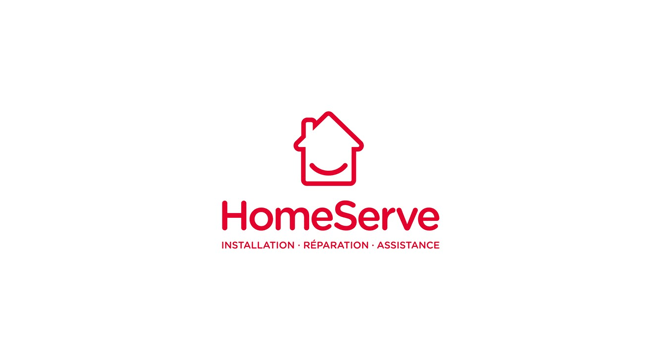CLIENT CASE
How can speech analytics improve customer experience and boost business performance?
In this video, Mickael Loreau, Innovation and Products Director at HomeServe, chats with Artefact Data Consulting Director Matthieu Myszak and Hanan Ouazan, Director – Data Science VP, to discuss how Artefact’s data solutions are changing how the company’s call centre works.
Challenge
Present in France for 20 years, HomeServe is the world leader in home insurance services, with 8 million customers and over one billion in revenue.
When it comes to home emergencies, the most common channel used by customers is the phone – 9 out of 10 customers prefer it. This particularity places the call centre at the heart of every step of the insurance value chain, from sales to customer service, and ultimately assistance.
Although HomeServe has already developed AI-based conversational solutions and is present on Google Assistant and Amazon Alexa, they wanted to explore new ways in which AI could improve efficiency and customer experience in their existing phone channel.
They were especially interested to see what impact speech analytics could have on the vast amounts of unexploited customer data they collected.
Solution
Artefact began by helping HomeServe opt for a “make” over “buy” strategy, as only a proprietary asset tailored to their organisation, combining technology and skills, could meet their many objectives, which include:
- A new internal data platform dedicated to voice data
- Proprietary agnostic architecture enabling multiple subjects and use cases
- Best-of-breed algorithms specifically trained for HomeServe
We also laid out a plan for developing HomeServe’s expertise in natural language, data science algorithms, and AI data-treatment technical structures.
Next, Artefact set up a long-term multidisciplinary team with HomeServe comprised of a business team, a core data team, and an IT team to assess the maturity of speech analytics, the value and feasibility of relevant use cases, and improvements to customer experience and efficiency.
Because we couldn’t build the entire architecture right away, we needed to quickly demonstrate the value of speech analytics to all stakeholders via a minimum viable product (MVP), able to expand after its validation with business experts.
To do this, we analysed two high-value use cases in a four-week cross-company workshop. We developed several microservices for data collection and processing and packaged to enable these use cases to be developed and be reused in the future, should the MVP phase prove successful.
- Refining understanding of customer contact root causes: Analysis of inbound calls topics and sub-topics could detect irritants within conversations, flag potential opportunities for cross or up-selling, and identify operational optimisations.
- Detecting risks of non-compliance within sales calls: AI could pre-filter risks that need to be handled by a human, thus maximising the added value of compliance teams that could focus on specific calls rather than random samples.
Results
The most important conclusion for Artefact is that we proved the technology is mature. Speech analytics is ready to produce value for companies right now.
The customer contact root cause use case analysis produced three actionable insights, which could help call centre agents to perform better, sell more contracts, and benefit from a less tedious workload:
- Increased topic classifications could improve interactive voice response and routing processes
- Enhanced sentiment analysis can sort calls into 4 satisfaction levels and improve customer care quality
- Cross-sell potential analysis of sub-topics can enable exploration of opportunities and conversions within calls
The detection of non-compliance in sales calls use case analysis allowed us to prove that AI can be leveraged to better orient the work of the compliance team.

 CLIENT CASES
CLIENT CASES






